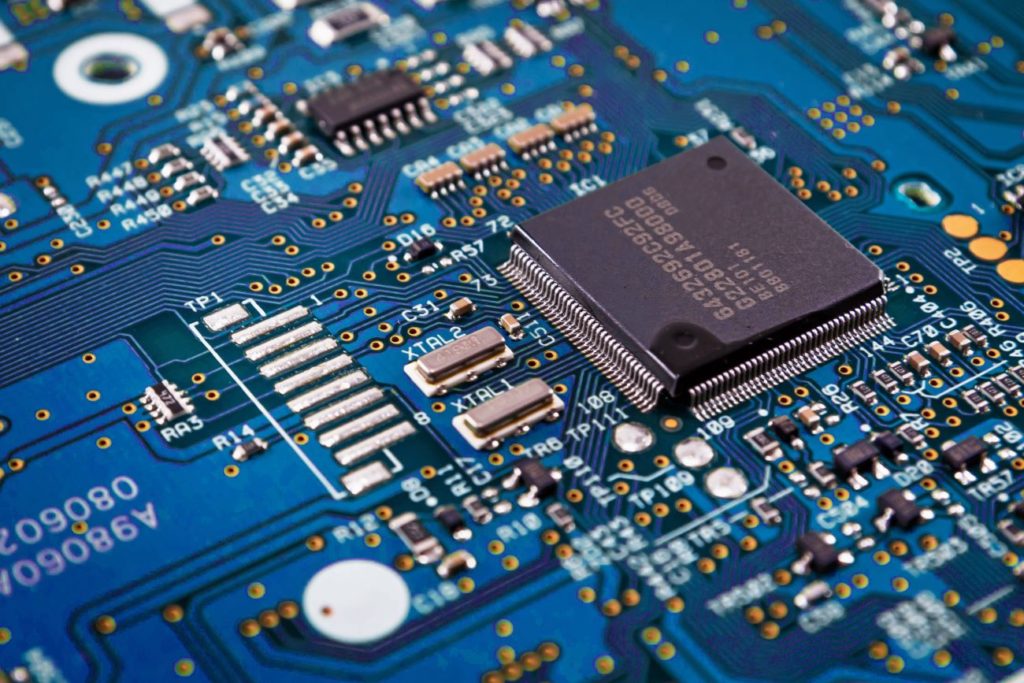
Summary
Once flared gas is measured and analysed, this data must be presented in recognised reporting units as required by regulatory and operational agreements.
This can be implemented in the ICSS (Integrated Control and Safety System), DCS (Distributed Control System), or SCADA (Supervisory, Control and Data Acquisition) systems following the guidance given in approved global industry standards.
How it Works
Algorithms can be implemented within the ICSS / DCS, or SCADA systems which convert the analogue and digital signals received from flow meters, temperature, pressure, and analyser systems, into volumetric and mass flowrates at base conditions.
They are used for custody or fiscal transfer and allocation measurement, and are suitable for flare measurements too.
The ICSS / DCS or SCADA systems also audit changes that have been made to any of the parameters required to turn the raw flow meter and analytical data into volume and mass. It records events and alarms related to the flow meter and analyser systems and keeps a running tally of the volume and mass for each flow meter it monitors and creates a record of this volume and mass on an hourly, daily, batch or monthly basis.
Flow algorithms implemented in ICSS / DCS, or SCADA systems are highly regulated by industrial standards dependent on the application required.
Advantages
• On-line calculations at regular intervals
• High accuracy
• Low uncertainty
Limitations
• High level of expertise in maintenance required
• High maintenance costs
Case study
No case study available at this time.
Direct measurement calculations are implemented by using direct inputs from instrumentation installed on the flare system